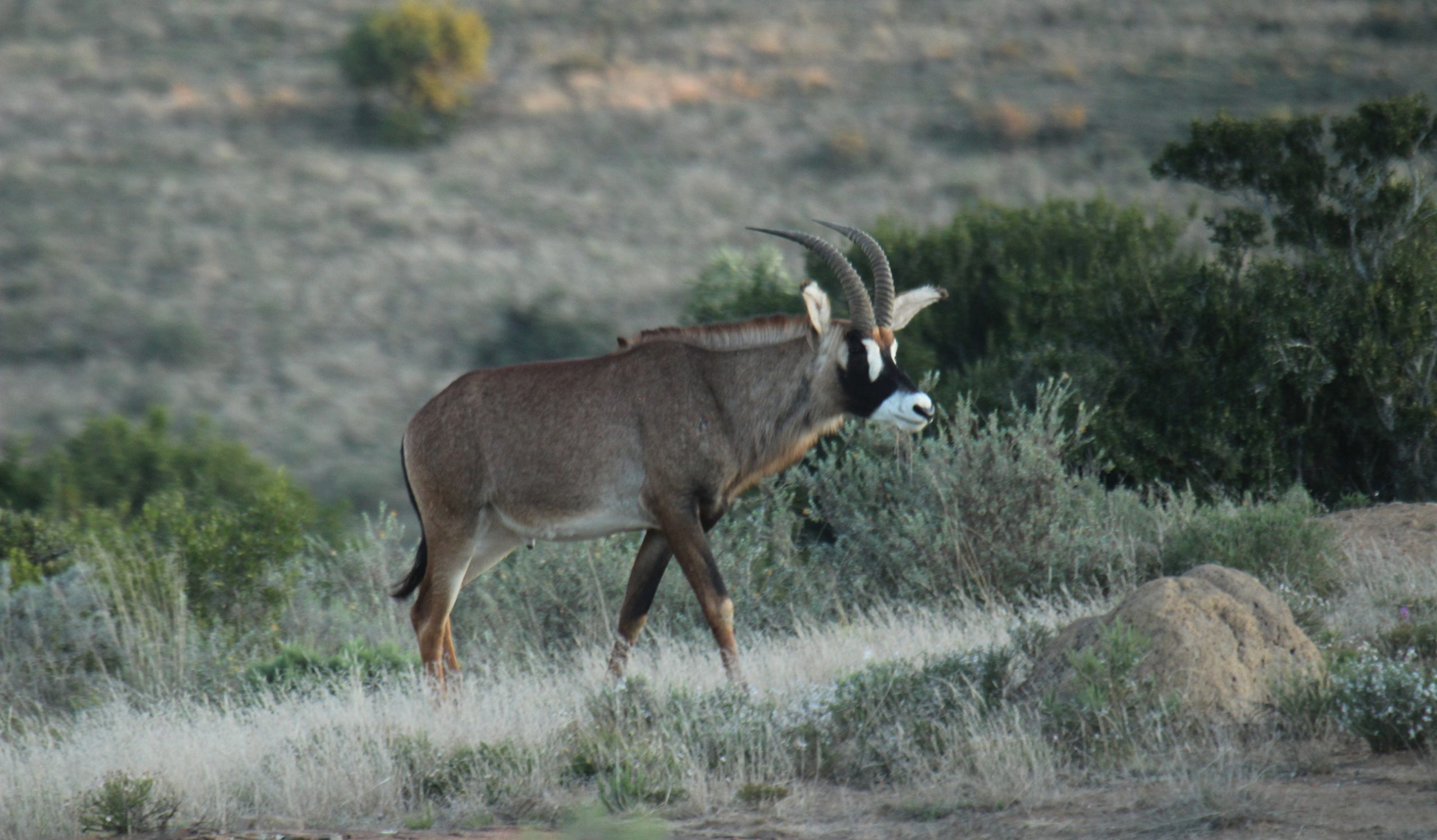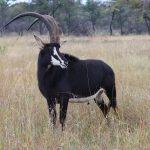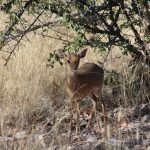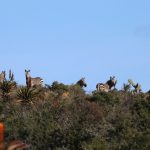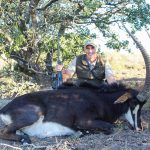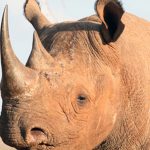Two schools of thought in the world of taxonomy (and record books).
Photo above: The roan antelope is a larger-bodied, lighter-colored, and shorter-horned cousin to the sable antelope. We group them into regional races across Africa. Body and horn size differ a bit, but they are visually indistinguishable. This is a Southern roan, photographed in South Africa.
Taxonomy is the science of organizing and naming living creatures. The modern system goes back to Swedish botanist Carl Linnaeus’s Systema Naturae, published in 1735, dividing living organisms into domain, kingdom, phylum, class, order, family, genus, and species. The upper classifications are usually clear, so scientific discussion usually centers on the last two, genus and species, such as Tragelaphus strepsiceros, genus and species for the greater kudu.
We (including me) often refer to this scientific name as the “Latin” name. This is erroneous because most of the roots are Greek. This goes clear back to Aristotle, who made the first recorded effort to systematically classify living things. In the case of the kudu, Tragelaphus stems from Greek for goat-deer; strepciseros from Greek for twist-horn.
In our little world, we usually add a final classification for subspecies or races which, as we’ll see, is a whole lot squishier and often sparks disagreement among both scientists and laymen. Typically, the “type” specimen, from which a species was identified, repeats the species name, as in T. s. strepciseros, which we know as the Southern greater kudu. Other subspecies, if any, are often named for the person who identified them, or brought them to western science. As in: T. s. cottoni, the Western greater kudu, after hunter and explorer Percy Powell-Cotton; or Odocoileus virginianus couesi, the Coues whitetail, after Army surgeon and ornithologist Elliott Coues. Since subspecies are often regional, location is also commonly used, as in O. v. texanus, the Texas whitetail, which overlaps into Oklahoma and Mexico.
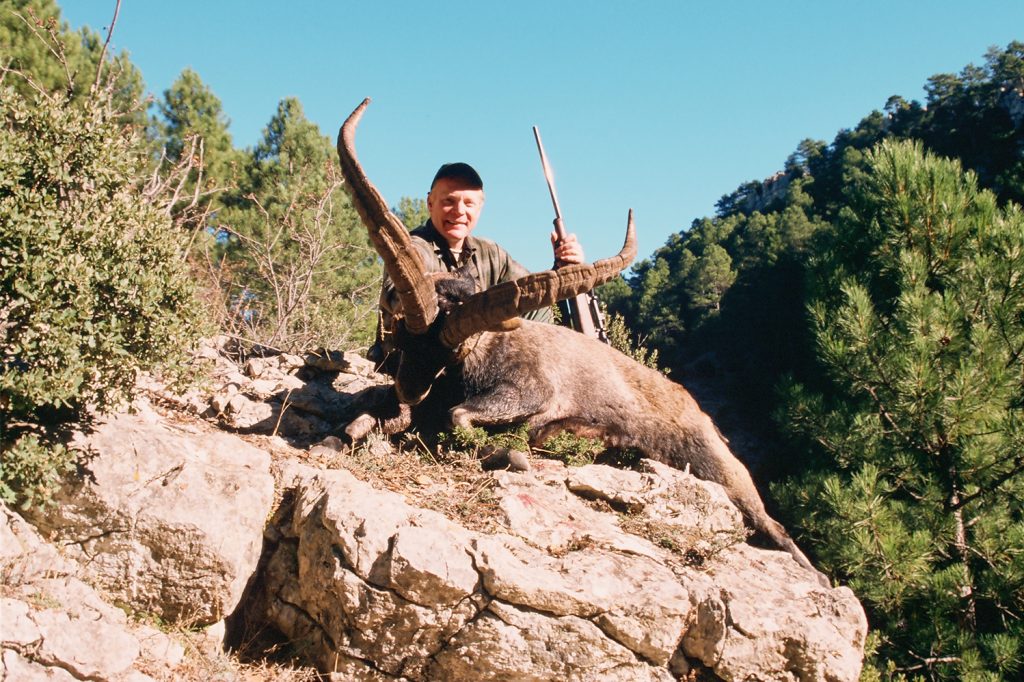
There are two primary schools of thought in animal classification: the “lumpers” and the “splitters.” The lumpers try to reduce the number of subspecies, while the splitters wish to create as many as possible. The splitters really got going in the late nineteenth and early twentieth centuries during the last gasp of exploration, when every adventurer wanted plants, birds, or animals named for them. By 1900, the world was running out of new, previously unknown species, but there were a few big winners. The mountain nyala, Tragelaphus buxtoni, unique to Ethiopia’s highlands, was first described by Richard Lydekker in 1910, and named after Major Ivor Buxton, who brought the first specimen to Europe in 1908. The giant forest hog, Hylochoerus meinertzhageni, is named after British officer Richard Meinertzhagen. Stationed in East Africa, he shipped the first known specimen to England in 1904.
These two were Africa’s last large mammals to be identified, and neither has any known subspecies. Others weren’t as fortunate as Buxton and Meinertzhagen; many of the self-named subspecies or races “identified” by latter-day explorers are no longer considered valid or are disputed by modern science. Powell-Cotton also got lucky. “His” Western greater kudu, smaller than the rest, is the only greater kudu easily distinguished from the others.
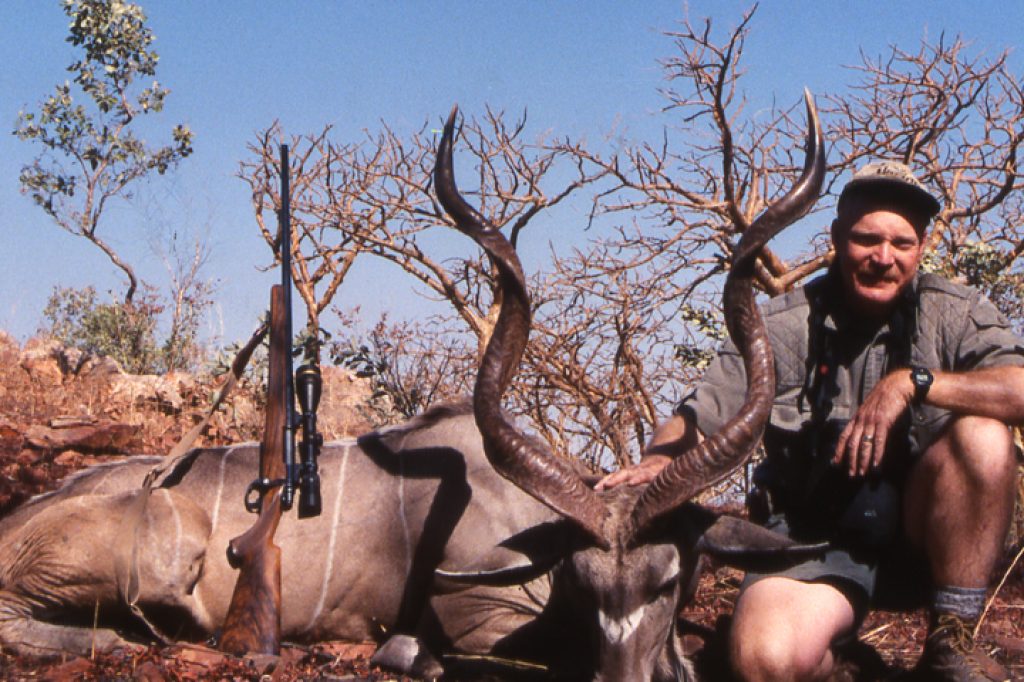
Among we hunters, splitters hold sway. In our record books, we have categories for vast numbers of races and subspecies. Many are scientifically valid, and many are regional groupings. Traditional in our little world, these last usually—not always—make sense because of significant antler, horn, or body size differences from one area to another. Inevitably, as we split animals out, and try to recognize the various continents, our splitting has created a lot of look-alikes and duplication. None of this is good or bad; it just is, although examined objectively, some of our splitting seems excessive. I find it unlikely that a country the size of Spain holds four unique ibexes. Or that a region even as huge as Siberia holds a half-dozen unique snow sheep. Unlikely, even, that the various mountain ranges of the European continent actually hold as many “different” types of chamois as we recognize.
Then we have numerous animals that span continental lines, either naturally or by human intervention. There’s just one European fallow deer, Dama dama. People started moving fallow deer around at least 2000 years ago, and they are now present on all continents except Antarctica. Safari Club International has six “by continent” categories for the same European fallow deer. Hunting awards like the Weatherby Award use ballots organized by continents, including separate credit for trans-continental species. You can’t win that one without look-alikes and duplication.
Between 1803 and 1913, six subspecies of roan antelope (Hippotragus equinus) were identified. There are slight differences in horn and body size, and possibly color. With roan, our record books don’t necessarily follow science, rather establishing five regional record book categories. Put all of them on the wall, and I defy anyone to tell which is which. (It’s currently impossible to put them all on the wall because the Sudan roan hasn’t been hunted since 1983.) Similarly, science identified a dozen races of waterbuck (Kobus ellipsiprymnus). Unusually, we hunters have used more restraint, typically recognizing just one common waterbuck (with the white rump ring); and several regional groupings of defassa waterbuck (absent the ring). There are differences in potential size and perhaps on-average coloration. Again, put shoulder mounts of all the waterbucks on a wall side by side, and they defy accurate identification.
Although recent studies have suggested splitting reindeer and caribou into six species worldwide, they are typically lumped into just one, classified by Linnaeus in 1758 as Rangifer tarandus, just one species of caribou and reindeer that circumnavigate the globe just below the polar region. Disagreement on races and subspecies continues, with hunters traditionally separating caribou and reindeer into regional groupings. Boone and Crockett’s Records of North American Big Game isn’t exactly a lumper, but it often does less splitting than SCI or Rowland Ward. B&C identifies five regional caribou groupings: woodland, Quebec-Labrador, Central Canada barren ground, mountain, and barren ground. SCI adds the Arctic Island caribou, and of course has categories for Asian, European, and introduced caribou/reindeer.
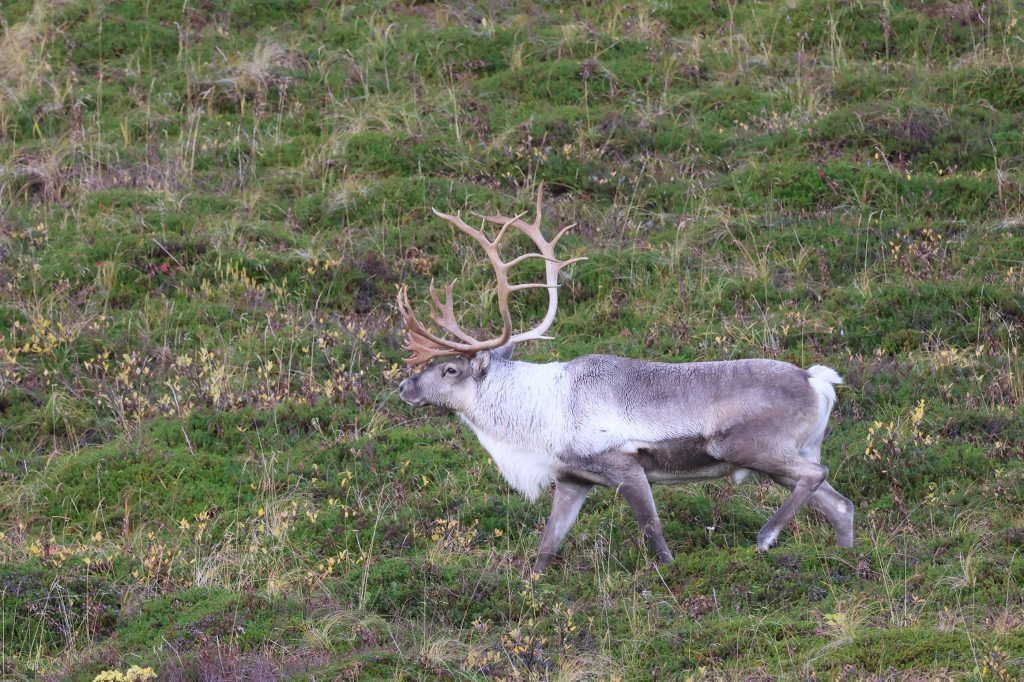
There are regional trends in size and antler conformation. The Arctic Island caribou is smaller and paler. Old World animals look a wee bit different. However, if you put good to excellent specimens of the five primary North American caribou on the wall next to each other, few hunters would correctly identify all of them. With northern Quebec currently closed, it’s not possible to hunt all the different types of caribou.
Also, because Quebec-Labrador caribou are not available, it is no longer possible to hunt all of the traditionally recognized varieties of North American big game. I note that “substitutions” are now allowed by Grand Slam/Ovis for their “North American 29” and Rex Baker “Super 40” North American awards. Similarly, for their ascending award levels, SCI typically requires a certain number of animals within categories, but not necessarily all of them.
This is not new. In the mid-1950s, New York ad man Grancel Fitz was the first person to take all known varieties of North American big game. However, his list wasn’t the same as today’s. In Fitz’s day—and when I was young—jaguars could be hunted in Mexico, so all organizations considered the jaguar native North American (as well as South American) big game. Mexico closed jaguar hunting fifty years ago, so decades have passed since we considered the jaguar a game animal. In the same time frame, the North American list has grown: Quebec-Labrador and Central Canada barren ground caribou weren’t separate categories in Fitz’s day. Nor were Roosevelt or tule elk, Sitka blacktail, and more.
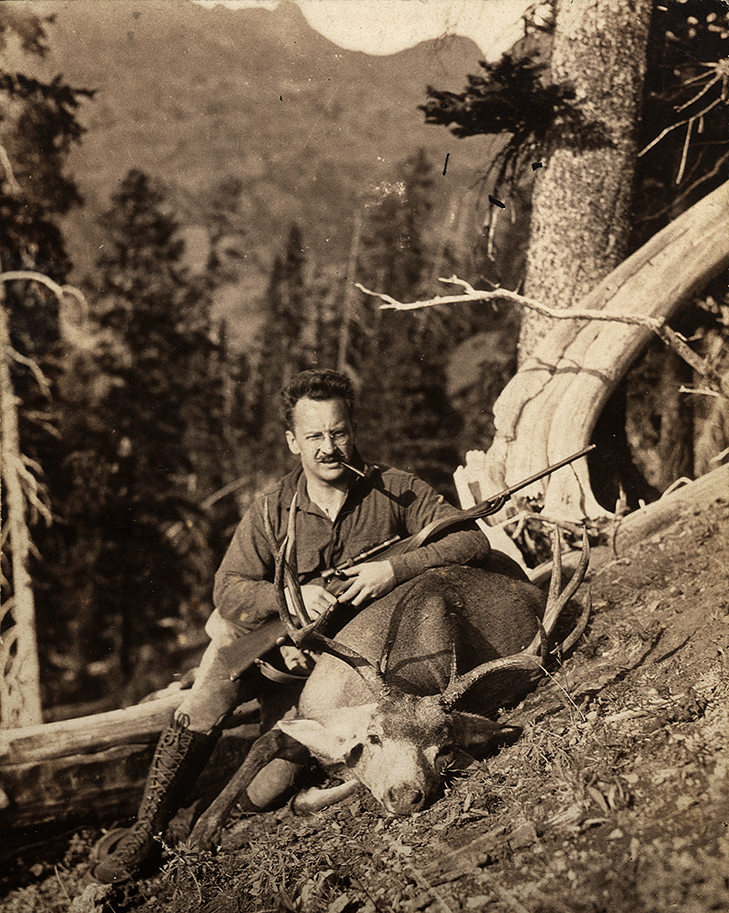
The splitters haven’t won completely. Although some are disputed by biologists, there are some three dozen subspecies of whitetail deer, many with overlapping or indistinct ranges. Nobody tries to categorize or keep records on all of them, thank goodness. To this day, B&C separates out only the Coues whitetail, this based on a nineteenth-century taxonomic mistake when Elliott Coues’s deer was initially considered a full species, rather than one of many races of the “Virginia deer.”
Of all the record-keeping organizations, SCI has been the most aggressive in adding “new” categories. This has worked well for them, giving recognition to and placing value on obscure animals. They have not attempted the near-impossible task of splitting out the many whitetail races, instead grouping whitetails into regional categories: Coues, Texas, Midwest, Southern, Northeastern, Northwestern, Tropical. I authored this system when the SCI record book was new, and it still seems to make some semblance of sense. Since then, SCI split Columbian whitetail when hunting for it reopened. More recently, they’ve split Mexico’s numerous whitetail (and mule deer) races into regional groupings, which is a great boon for hunting and conservation down there.
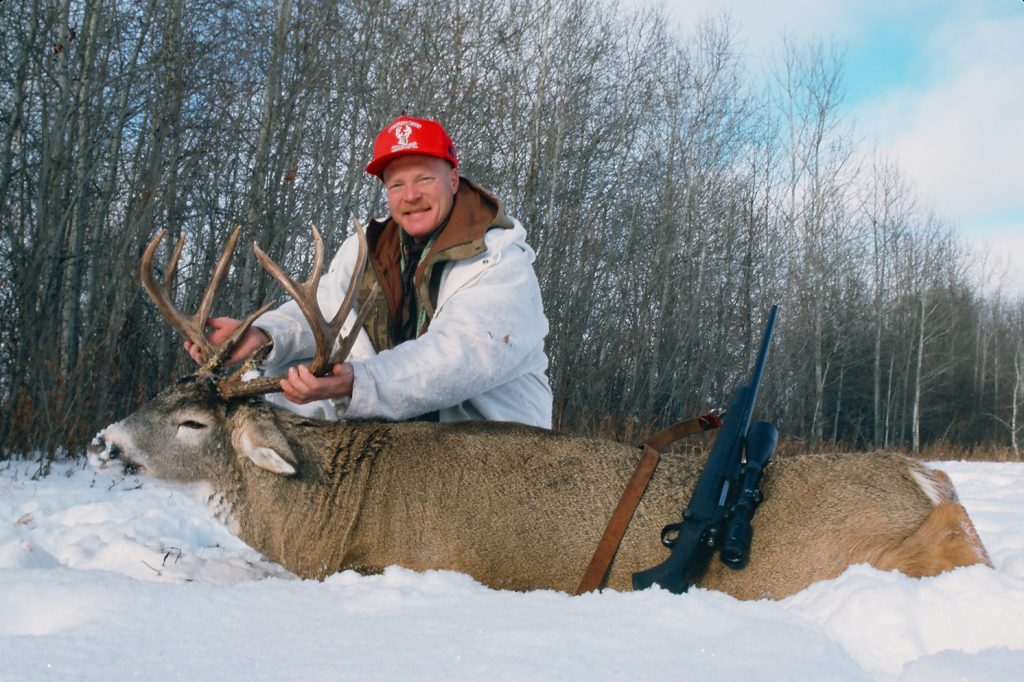
It doesn’t really matter whether you’re a lumper or a splitter, or whose list or which authority you prefer to follow. As Weatherby winner Rex Baker likes to say: “We don’t make the rules, we just go hunting.” None of us must go if we don’t want to. Options are good; the more options the better. I’ve always used the record books and various lists to guide my plans and dreams. Today my bucket list is pretty short, but I’ve always been more of a splitter than a lumper.

